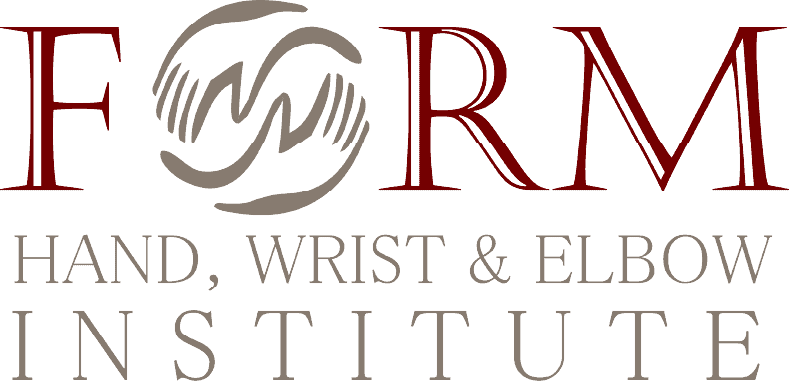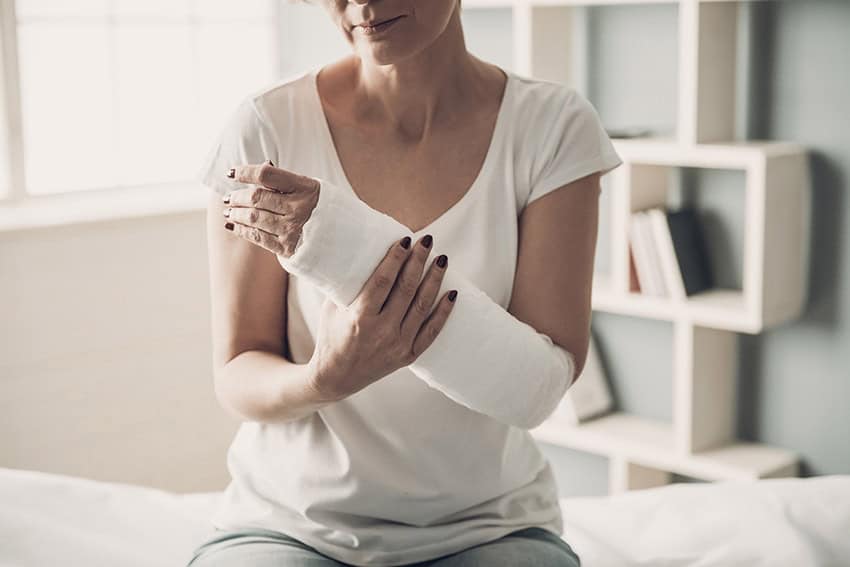Our hands and wrists are complex body parts that allow us to touch and feel the objects. They do a lot of work for us as they help us to perform all our activities. Our hand and wrist joints are complicated networks of bones, muscles, nerves, tendons and ligaments, blood vessels, etc. They perform all activities, such as writing, typing, holding, lifting, or other movements. Hand and wrist joints allow us to perform movements and smoothly move them around. Hands and wrists are structured to allow you to move, flex, rotate your wrist joint, and grab objects. Falling on your outstretched hand or flexing and fracturing the wrist is quite common. Do you know that wrist fractures comprise 25% of limb fractures? Broken wrist or distal radius fractures are common types of fractures.
Types of Distal Radius Fractures
It happens when one of the two long bones in the forearm breaks near the wrist. The radius is the larger of the two bones connecting the elbow to the thumb. The radius part of the wrist is called the distal end. This means you may have a broken wrist or distal radius fracture. There are different types of distal radius fractures, meaning the break can occur at various angles. Some of them include:
- Colles’ Fracture In this, the radius moved a bit upward and caused a direct shock to the palm. This results in fracture and accounts for about 90% of all distal radius fractures
- Smith’s Fracture It is caused when the person falls, bends the wrist, and affects the back of the wrist. This rare fracture can comprise around 5% of all radial and ulnar fractures.
- Barton’s Fracture This fracture happens when you fall on an outstretched wrist.
You can experience immediate pain with tenderness, bruising, swelling around the wrist, or deformity. It can happen due to any trauma or injury to the wrist. It is common for anyone to fall and try to protect themselves and catch themselves, but certain people are at a higher risk. More commonly among children and adults over the age of 50. It is likely more common among young people as they are often involved in activities or sports such as biking, skiing, soccer, football, etc.

